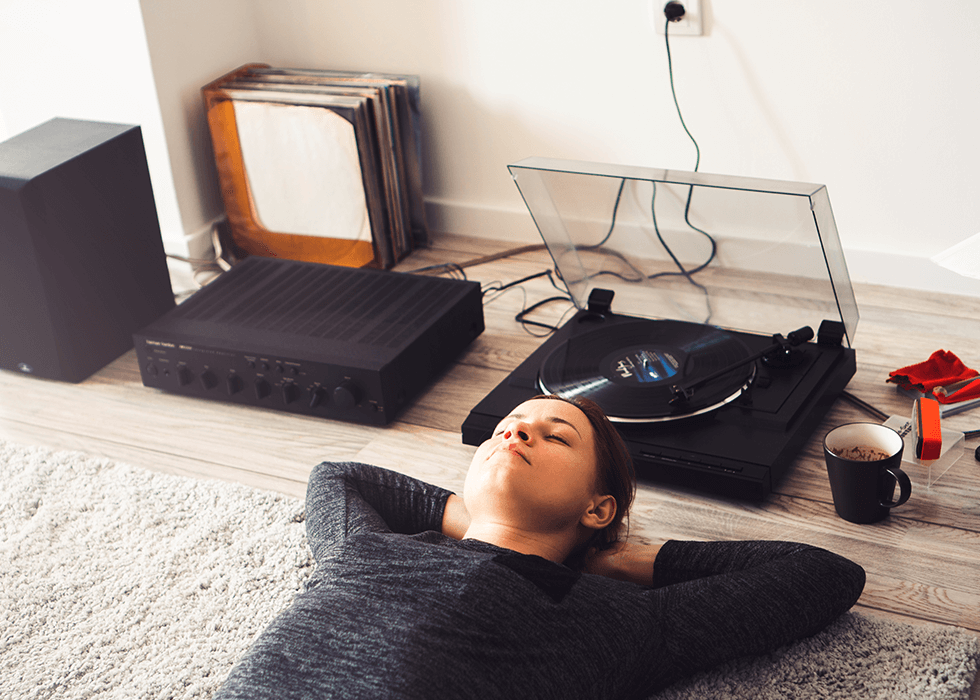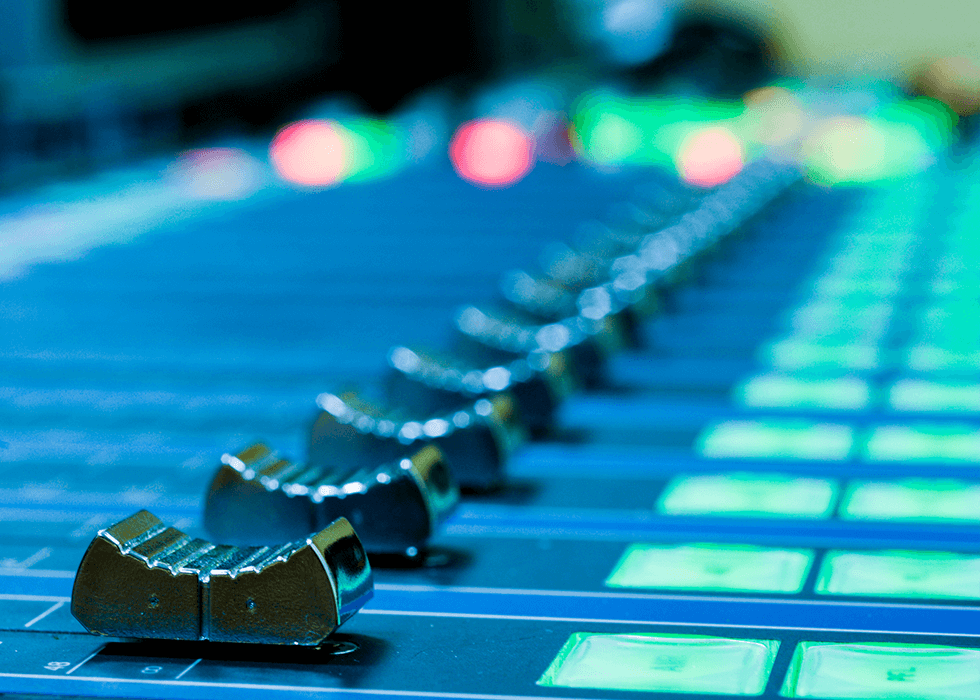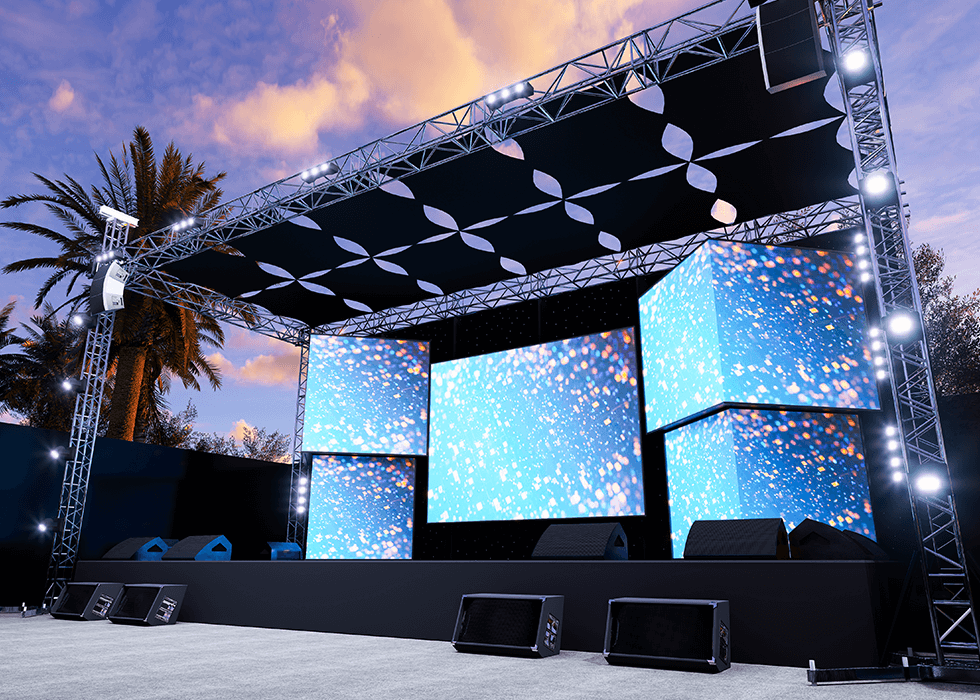News & Trends
Patch Up Venue Audio Issues with Acoustic Treatment
 Whether you’re setting up a space to be transformed into a concert venue, corporate event, or outdoor experience, it’s crucial to start with the basics – the environment itself. The sound should be the most memorable aspect after all. Before buying any gear, consider the acoustics.
Whether you’re setting up a space to be transformed into a concert venue, corporate event, or outdoor experience, it’s crucial to start with the basics – the environment itself. The sound should be the most memorable aspect after all. Before buying any gear, consider the acoustics.
Every environment is going to present a unique challenge. There are several factors which will affect the way you handle these audio problems, including the room's size and shape, as well as the material composition of the structure and furnishings.
Concert Venues
Music transcends time, connects souls, and evokes powerful emotions. Live events are heavily awaited and anticipated by patrons, who often eagerly purchase tickets months in advance. Others wander into venues aimlessly, drawn in by intoxicating rhythms. Either way, it can be a tough crowd to please, and the last thing anybody wants to experience is poor sound quality. It’s no wonder why the venues with the best acoustics have always been the gold standard for live shows.
Generally, concert venues like theaters, auditoriums, and stadiums are created with acoustics in mind. They are built for that very specific purpose – to host live musical events. But not all concert venues are conceptualized this way. Every so often, a bar, restaurant, or warehouse is transformed into a concert venue. In these cases, you’ll need to spend some time focusing on acoustics before you can host shows that leave people in awe and coming back for more.
Since venue acoustics are such an essential aspect when creating a great listening experience, it’s a crucial piece of planning that can’t be overlooked. In fact, it’s the first aspect that should be thought about.
Performances can become riddled with audio problems if your venue isn’t set up to handle the sound waves created by the type of events you wish to produce. If you don’t want to find your guests screaming over one another, you must address the acoustics. That means implementing some event noise reduction measures.
When we produce sounds, we create sound waves. These waves either get absorbed or reflected by surfaces. The way those waves interact with the surrounding environment defines the acoustics of the space. A venue with wide-open spaces and hard surfaces can cause the waves to take longer to reach the surfaces before reflecting, resulting in echoes. As these sounds build up, the reverberation causes them to amplify, and people’s voices tend to rise as a way to compensate for the increased room noise. It can rapidly become the most memorable part of a show, leading to bad reviews.
Typically, rectangular rooms are the ideal shape due to their acoustic symmetry. Realistically, you’ll probably have all sorts of oddly shaped rooms to deal with. Your focus should be on scattering sound waves in some spots while absorbing them in others using acoustic panels, sound diffusers, and other furnishings.
For concert venues, rooms are usually fairly large, with high ceilings and solid walls. But large rooms + high ceilings + solid walls = reverberation. And if the sidewalls run parallel to each other, you can find yourself beset with flutter echoes.
To deliver the purest sound and reduce the intensity by which sound waves bounce off the back wall, it is recommended your speakers face the crowd, according to this article by Acoustical Surfaces.
Here are a few other points to consider when dealing with concert venue acoustics:
- Elevating the speakers by suspending them from the ceiling to provide better angles and then facing the speakers down toward the crowd. This will help to eliminate direct reflections from the back wall. A combination of soft and scattering materials will help with the waves that reach the back wall.
- The use of sound diffusers on the back wall allows those waves to travel around the room, and the use of acoustical panels allows the waves to be absorbed in exactly the places you desire.
- Throwing up some acoustical panels on the side walls is also helpful in terms of reverberation issues. They can also aid in eliminating flutter echoes as well. Printing concert posters on them double as decor.
Corporate Events
Corporate events can be a great time for teammate bonding. But more bonding means more talking, and that means more noise that any audio will combat.
One way to reduce reverberation for corporate events is to add acoustic panels near the eye level of the average person. By absorbing many of the speech sound waves, these panels will reduce reverberation and amplify any constant background chatter.
Outdoor Occasions
Venues that are located outside present a slightly different set of considerations from those located indoors. If speakers face structures like buildings or rock formations, there will likely be echo. Some natural amphitheaters are chosen for the natural amplification and echo that occurs. Ever been to Red Rocks Amphitheatre in Colorado or The Caverns in Tennessee? They’re renowned for just that!
But when it comes to dealing with echo, the easiest way to create excellent acoustics in an outdoor venue is to play with the angle of your speakers long before guests arrive.
Outdoor venues are complex because high frequencies can be ripped away by the direction of the wind. Sound also needs to reach the whole crowd while complying with noise ordinances. The soil is even something to consider! Luckily, there is an abundance of strategies and technologies that can be used to ensure you consistently achieve the sound quality you desire.
Particular surfaces will give you difficulty no matter where your speakers are pointed, so acoustical panels, bass traps, or diffusers will make a huge difference here. Keep in mind that the more waves you trap or scatter, the fewer audio issues you’ll run into.
Overall, there are many actions that can be done to noticeably improve acoustics in general, like setting down a rug or incorporating soft furnishings, but using professional acoustical products is the real game-changer.














